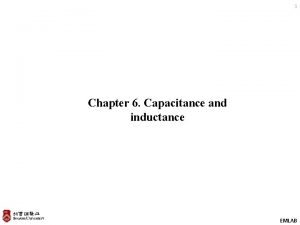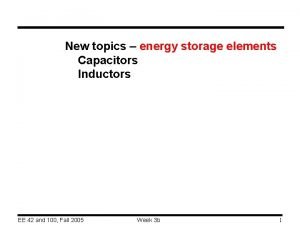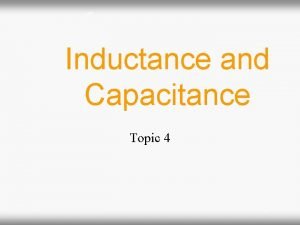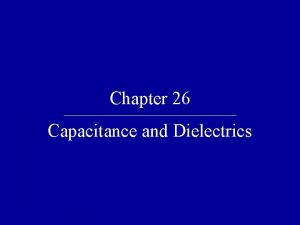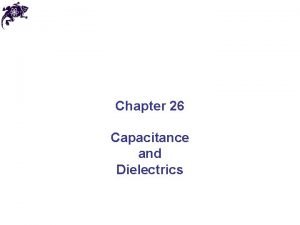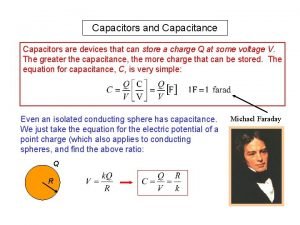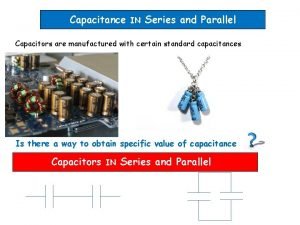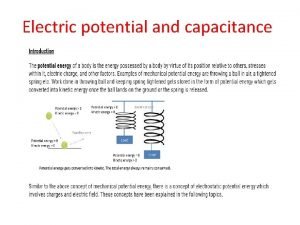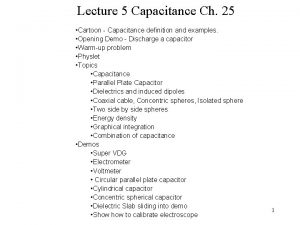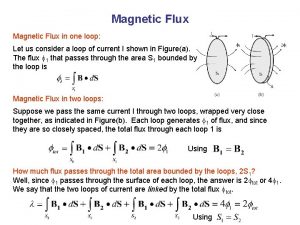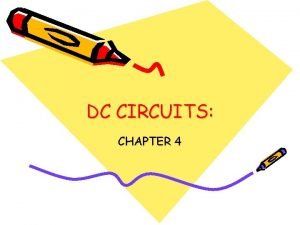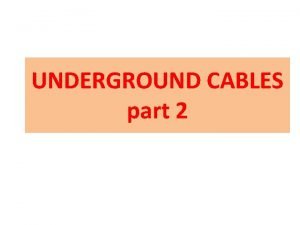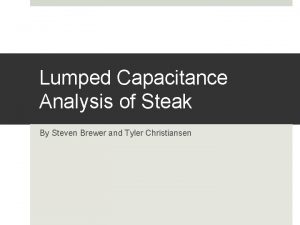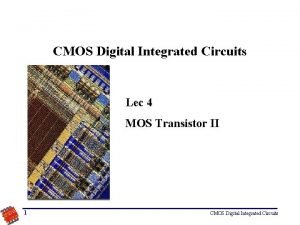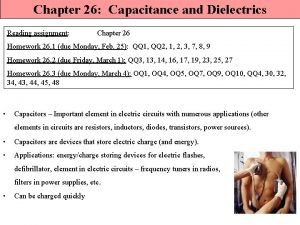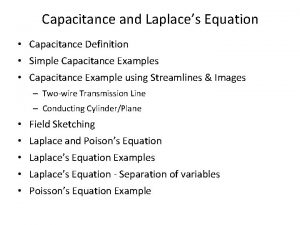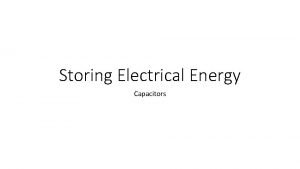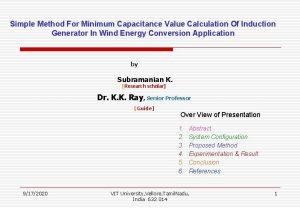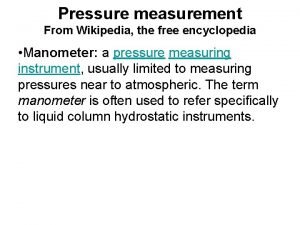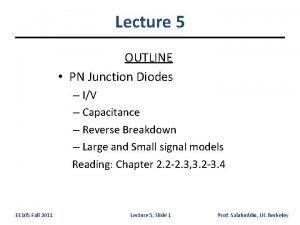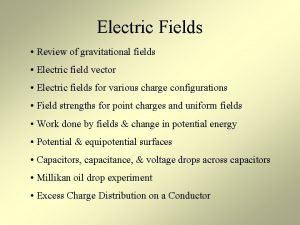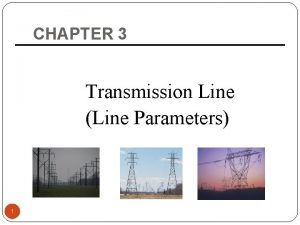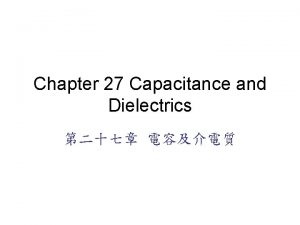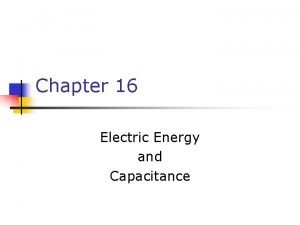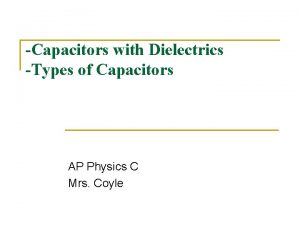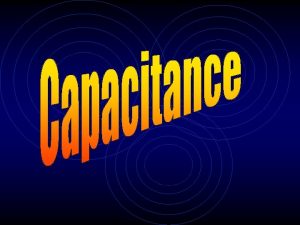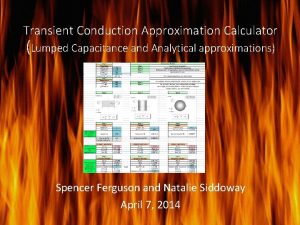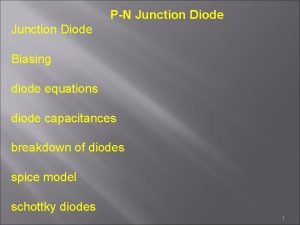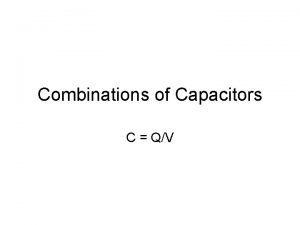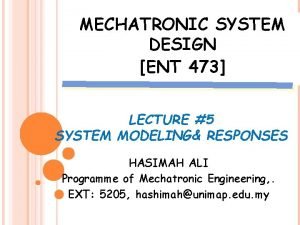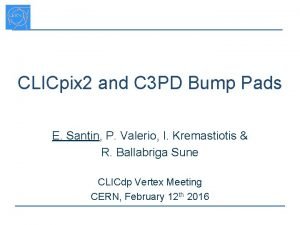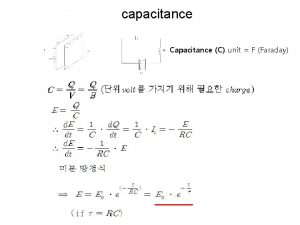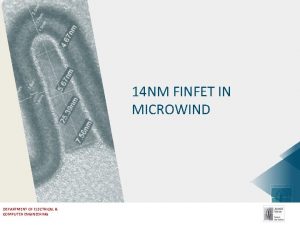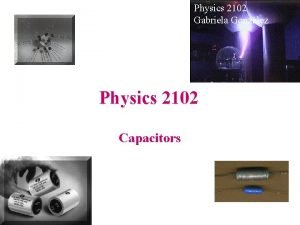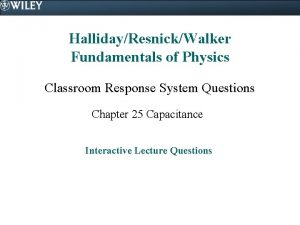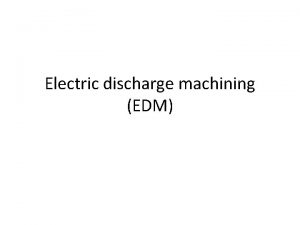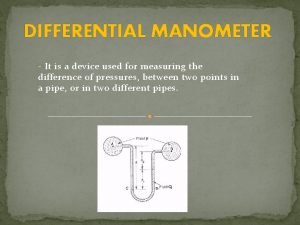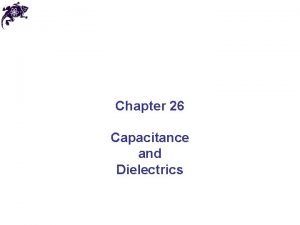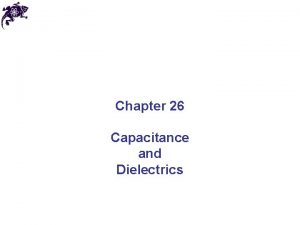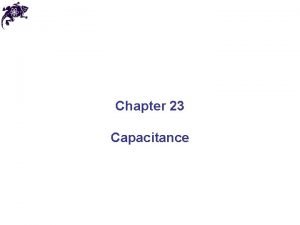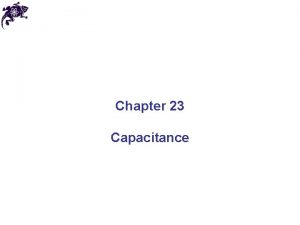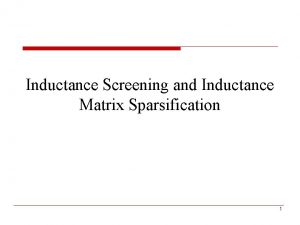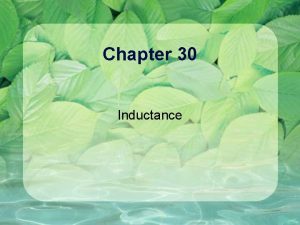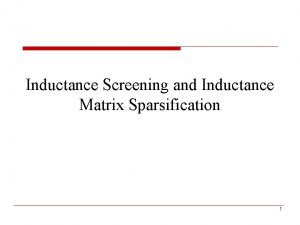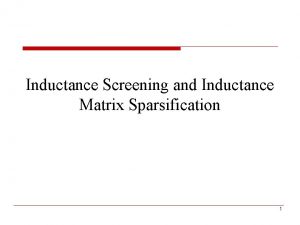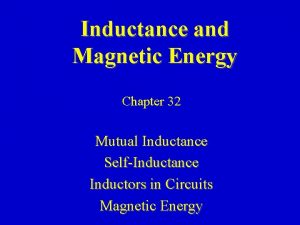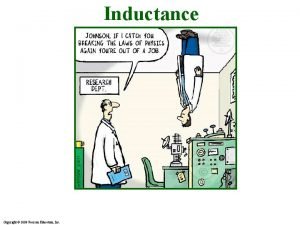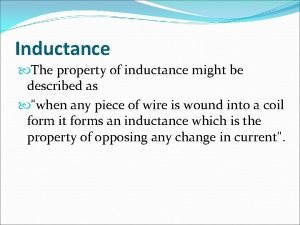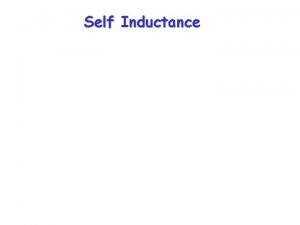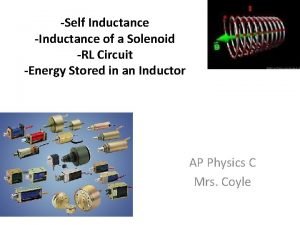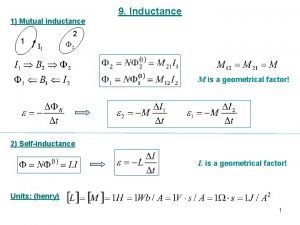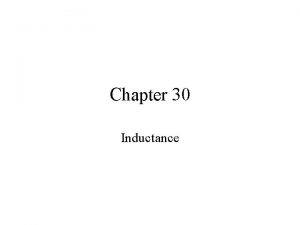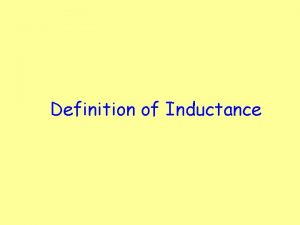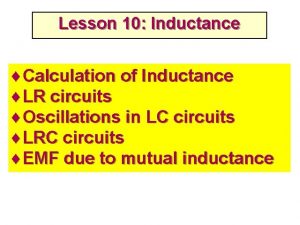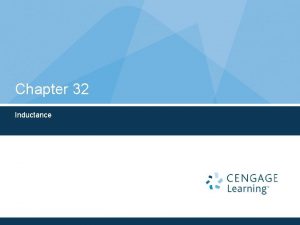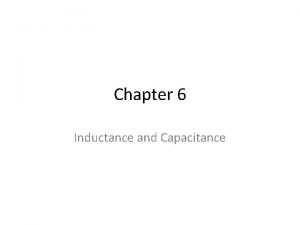Inductance and Capacitance Topic 4 Inductance and Capacitance









































- Slides: 41

Inductance and Capacitance Topic 4

Inductance and Capacitance Inductor n Relationship between voltage, current, power and energy n Capacitor n Relationship between voltage, current, power and energy n Series-parallel combinations for inductance and capacitance n

Inductor

Inductor concept n n An inductor consists of a coil of conducting wire. Inductance, L is the property whereby an inductor exhibits opposition to the change of current flowing through it, measured in henrys (H).

Inductance n Inductance, L L = inductance in henrys (H). N = number of turns µ = core permeability A = cross-sectional area (m 2) ℓ = length (m)

Inductance and Capacitance Inductor n Relationship between voltage, current, power and energy n Capacitor n Relationship between voltage, current, power and energy n Series-parallel combinations for inductance and capacitance n

Relationship between voltage, current, power and energy Inductor symbol Inductor Voltage

Inductor current Power

n Assuming that energy is zero at time t=t 0, then inductor energy is:

Inductance and Capacitance Inductor n Relationship between voltage, current, power and energy n Capacitor n Relationship between voltage, current, power and energy n Series-parallel combinations for inductance and capacitance n

CAPACITOR

Capacitor physical concept: A capacitor consists of two conducting plates separated by an insulator (or dielectric). n Capacitance, C is the ratio of the charge on one plate of a capacitor to the voltage difference between the two plates, measured in farads (F). n

n The amount of charge stored, represented by q, is directly proportional to the applied voltage v, q = charge in coulomb (C) C = capacitance in farad (F) v = volt (V)

n Capacitance, C: C = Capacitance in farads (F) e = permittivity of dielectric material between the plates (C 2/N∙m 2) A = surface area of each plates (m 2) d = distance between the plates (m)

Inductance and Capacitance Inductor n Relationship between voltage, current, power and energy n Capacitor n Relationship between voltage, current, power and energy n Series-parallel combinations for inductance and capacitance n

Relationship between voltage, current, power and energy n Capacitor symbol

Capacitor current Capacitor voltage

Power:

n Energy stored in a capacitor from time t to t 0:

n Capacitor is not discharge at t=-∞, therefore the voltage is zero. Energy capacitor

Inductance and Capacitance Inductor n Relationship between voltage, current, power and energy n Capacitor n Relationship between voltage, current, power and energy n Series-parallel combinations for inductance and capacitance n

Series and parallel capacitors n The equivalent capacitance, Ceq of N parallel-connected capacitors is the sum of the individual capacitances.

n Using KCL,

n Equivalent circuit for the parallel capacitor,

n The equivalent capacitance, Ceq of N series-connected capacitors is the reciprocal of the sum of the reciprocals of the individual capacitances.

n Using KCL,

n Equivalent circuit for the series capacitor,

Series and parallel inductors n The equivalent inductance, Leq of N series-connected inductors is the sum of the individual inductances.

n Using KVL,

n Equivalent circuit for the series inductor,

n The equivalent inductance, Leq of N parallel-connected inductors is the reciprocal of the sum of the reciprocals of the individual capacitances.

n Using KVL,

n Equivalent circuit for the parallel inductor,

Question 1 Obtain the total of capacitance.

Solution: n Short circuit, then:

Question 2 n Voltage stored in a 10µF capacitor is shown in figure below. Obtain the graph for current of the capacitor.

Solution: n Capacitor voltage: n current:

n Thus:

Question 3 n Determine the voltage across a 2 µF capacitor if the current through it is Assume that initial capacitor voltage is zero

Solution: n Capacitor voltage:

 Inductance and capacitance formula
Inductance and capacitance formula Capacitance and inductance formula
Capacitance and inductance formula Inductance energy
Inductance energy Example of specific topic
Example of specific topic Tapic about internet
Tapic about internet Relationship between energy and current
Relationship between energy and current Capacitor quiz
Capacitor quiz Capacitance and dielectrics
Capacitance and dielectrics Energy in a capacitor
Energy in a capacitor Capacitance in series and parallel
Capacitance in series and parallel Voltage and capacitance relationship
Voltage and capacitance relationship Equipotential surface
Equipotential surface The equivalent capacitance between a and b is
The equivalent capacitance between a and b is How to find magnetic flux
How to find magnetic flux Introduction of capacitor and inductor
Introduction of capacitor and inductor Underground cable capacitance
Underground cable capacitance Lumped capacitance method
Lumped capacitance method Energy in an electric field
Energy in an electric field Short channel effects in mosfet
Short channel effects in mosfet Effect of dielectric on capacitance
Effect of dielectric on capacitance V
V Energy in capacitors
Energy in capacitors Minimum capacitance formula
Minimum capacitance formula Capacitance manometer wikipedia
Capacitance manometer wikipedia The capacitance of a reverse biased pn junction
The capacitance of a reverse biased pn junction Si unit of electric field
Si unit of electric field Capacitance of bundled conductor
Capacitance of bundled conductor Si unit of capacitance
Si unit of capacitance How to solve capacitance
How to solve capacitance Ap physics c capacitance
Ap physics c capacitance Capacitance of a hollow sphere
Capacitance of a hollow sphere Lumped capacitance calculator
Lumped capacitance calculator Space charge region
Space charge region Capacitor c=q/v
Capacitor c=q/v Mechanical system building blocks
Mechanical system building blocks Coupling capacitance
Coupling capacitance Faraday capacitance
Faraday capacitance Coupling capacitance
Coupling capacitance Capacitance of cylindrical capacitor
Capacitance of cylindrical capacitor Capacitance physics classroom
Capacitance physics classroom Edm arc generator schematic
Edm arc generator schematic Differential manometer is a device used for measuring
Differential manometer is a device used for measuring
